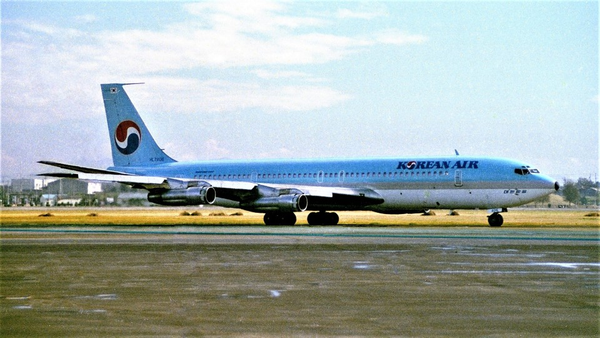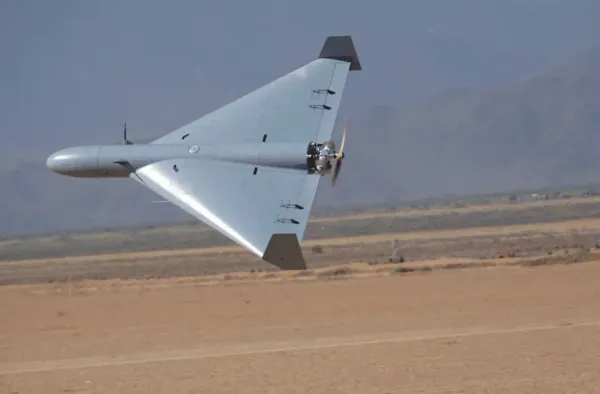Iberia flight IB 6844 from Buenos Aires-Ezeiza (EZE) to Madrid (MAD) diverted to Gran Canaria (LPA) on February 23. An Airbus A350-900, with registration EC-NJM, operated IB 6844 that day. The aircraft was back on the ground nearly ten hours after departure due to a passenger's medical issue.

The Incident
The flight departed from Buenos Aires at 11:09 p.m. local time, utilizing runway number 11. The planned operation was to land in Madrid in 11 hours and 50 minutes at 2:35 p.m. local time the next day. The incident occurred when the aircraft was cruising at an altitude of 40,000 feet (12,192 meters) nine hours into the flight. The plane was passing over the North Atlantic Ocean approximately 100 nautical miles (185 kilometers) northeast of the Canary Islands when the crew reported a passenger requiring urgent assistance due to a medical emergency, and the aircraft had to divert.

After 20 minutes, the plane descended and landed on runway 03L at LPA from 40,000 feet (12,192 meters) of height. The aircraft was given precedence for a direct approach and landing facilitated by the Canary Islands ATC. The passenger with the medical issue was receiving CPR treatment as the situation escalated during the operation.
After the Landing
In Gran Canaria, an emergency medic team was waiting at LPA for the passengers because of their health condition. The aircraft stayed on the ground for an hour and a half, then departed at 1:05 p.m. local time to accomplish the scheduled flight. From the Spanish archipelago, it landed in Madrid at 4:31 p.m. local time. The delay came up to just under two hours.

The Aircraft
The aircraft involved was a three-year-old Airbus A350-900, registered as EC-NJM. The plane's name is Flamenco, representing a traditional dance that symbolizes Spain's culture. It contains 345 passenger accommodations, including 31 lie-flat seats in business class, 24 premium economy, and 293 economy class. It was delivered to Iberia on June 19, 2020, and has been providing services since then.
Similar Incidents
On February 25, an Air Europa Boeing 787-9 Dreamliner flying on the same route, flight UX 42 between Buenos Aires (EZE) and Madrid (MAD), also diverted to Gran Canaria. A medical emergency again caused the diversion. Preparation for each emergency is one of the most critical aspects of airline operations. This recent event and the prompt response of Iberia's crew highlight the importance of passengers' general well-being.
Wizz Air Dominates London Luton with TUI Slot Acquisition » GlobalX Secures Rare Authorisation to Operate Intra-Canada Charter Flights » Top 5 Unique Gifts for Pilots & Aviation Lovers Under $50 »
Comments (0)
Add Your Comment
SHARE
TAGS
NEWS Iberia Emergency CPR Spain Canary Islands Gran Canaria Airbus A350-900 Safety MedicalRECENTLY PUBLISHED
 KAL858: The North Korean Bombing that Shocked the World
Among the 99 passengers boarding Korean Air Flight 858 on November 29, 1987, few could imagine their journey would end as one of aviation's darkest mysteries.
STORIES
READ MORE »
KAL858: The North Korean Bombing that Shocked the World
Among the 99 passengers boarding Korean Air Flight 858 on November 29, 1987, few could imagine their journey would end as one of aviation's darkest mysteries.
STORIES
READ MORE »
 Ghost Networks: The Rise, Fall, and Revival of Fifth-Freedom Flights
Fifth-freedom flights — routes where an airline flies between two countries outside its home base — have always lived in aviation's twilight zone. We chart their rise, their near-disappearance, and the surprising markets where they still thrive today. Then we take you on board a special Seoul-Tokyo fifth-freedom flight to show how the experience stacks up against a typical regional carrier.
TRIP REPORTS
READ MORE »
Ghost Networks: The Rise, Fall, and Revival of Fifth-Freedom Flights
Fifth-freedom flights — routes where an airline flies between two countries outside its home base — have always lived in aviation's twilight zone. We chart their rise, their near-disappearance, and the surprising markets where they still thrive today. Then we take you on board a special Seoul-Tokyo fifth-freedom flight to show how the experience stacks up against a typical regional carrier.
TRIP REPORTS
READ MORE »
 US Air Force to Launch New Experimental One-Way Attack Drone Unit
In a move that signals a tectonic shift in American airpower, the U.S. Air Force is preparing to stand up its first-ever experimental unit dedicated solely to "One-Way Attack" (OWA) drones.
NEWS
READ MORE »
US Air Force to Launch New Experimental One-Way Attack Drone Unit
In a move that signals a tectonic shift in American airpower, the U.S. Air Force is preparing to stand up its first-ever experimental unit dedicated solely to "One-Way Attack" (OWA) drones.
NEWS
READ MORE »



